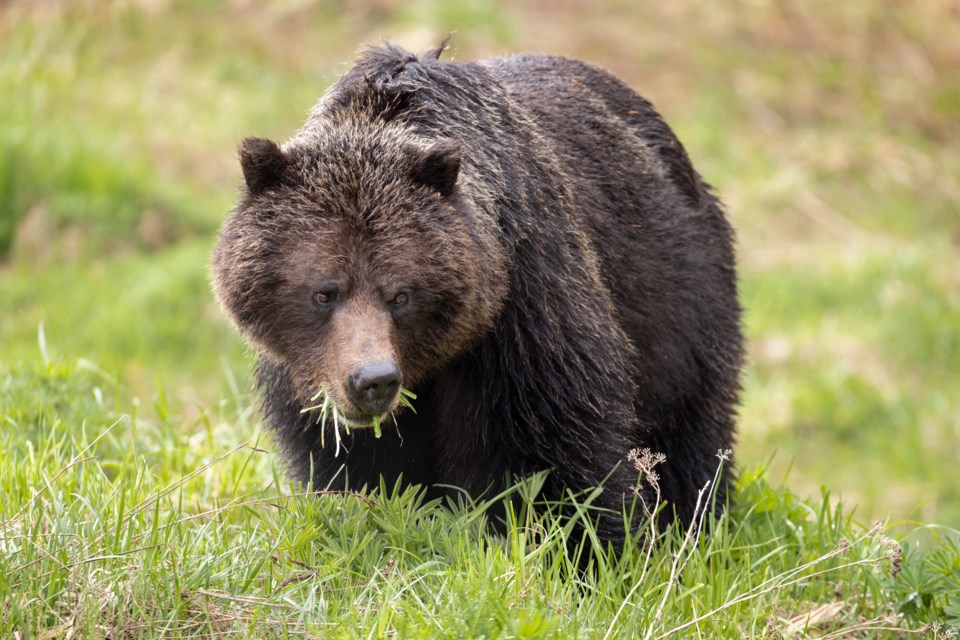As my column deadline neared, I had the rare dilemma of having too many things to write about—a majority of council members voting down the Canada Day parade, council rocketing Whistler into the year 2018 by considering four applications for legal weed stores, grizzly bear(s) setting up shop uncomfortably close to where we work and play...
Then it happened: A tiny, untested, DIY sub disappeared off the coast of Newfoundland last week carrying five people hoping for a glimpse of the Titanic—something fewer people have seen than the Earth from low orbit. As adventures go, it doesn’t get much riskier.
Leaving the details of the tragedy aside, the episode got me thinking about the idea of calculated risk, which is really the whole reason Whistler exists. Whether it’s biking, skiing, rope swings or trying to jump onto that little rock in the creek outside the Brewhouse, playing it safe is not our thing.
It’s obvious that a lot of people don’t understand why people take risks at all. As soon as word came down about the missing Titanic submersible and its wealthy occupants, online comment sections lit up with the usual rush to judgment about what kind of idiots would wager their lives to get a glimpse of a 111-year-old wreck sitting in twelve and a half thousand feet of water—like the question doesn’t answer itself. It’s the same kind of people that brigade every avalanche story, mountaineering tragedy or wild animal attack, questioning the sanity, judgment and intelligence of anyone selfish enough to get themselves injured or killed doing something even slightly out of the ordinary.
It’s something I think about quite often. I spend a lot of my summers trail running and mountain biking, often by my lonesome for the simple reason that I’m not great at either. I see black bears and coyotes fairly regularly, and I’ve been in areas within hours of cougar sightings. I now know that there’s one and maybe more grizzlies hanging out around town, but as long as I’m not sure where they are then I will continue to accept the calculated risk of going into the forest.
However, whenever there is a recent grizzly sighting—like on Lord of the Squirrels the past four summers—I will avoid the area for a while. It’s not because I’m being cautious or that I’m afraid, but because I’m thinking about the headline and comment section, and how an incident might look to others. I don’t want to be remembered as the freaking idiot who knew there was a big-ass bear in an area and went there anyway, armed with nothing but a blunt folding knife and a can of bear spray that probably should be more accessible. Somehow, knowing that strangers will call me a moron who got what he deserved—a candidate for a Darwin Award—makes it harder to take the risk than the nature of the risk itself.
Calculated risk is also at the heart of Canada’s marijuana legalization strategy. With the War on Drugs failing miserably on all fronts, the nation’s focus turned to harm reduction and creating a safe and legal supply—one you need a government ID to purchase and where a portion of taxes go towards education and addiction programs. Presumably, safety and controlling the risks also has something to do with the fact that Whistler is one of the last communities in the entire province to license marijuana sales, as even stodgy West Vancouver beat us to the punch.
But we’re finally there, or almost there, which makes me wonder what other calculated risks we’re prepared to accept. For example, a few years ago the idea came up to allow some controlled drinking at various public parks and beaches, recognizing that it was going on anyway. Vancouver, Vernon, Penticton and Kelowna have all voted to allow some limited public drinking, and as far as I know all of those cities are still standing.
Once upon a time, an idea was also floated that would allow alcohol consumption on the Village Stroll—people could buy special mugs/cups they could only refill by showing ID at local bars. The goal was to create more animation and fun in the Village until the patios closed and it was time to move inside.
And although I appreciate that this idea is an extreme longshot, along with the night skiing I refuse to shut up about, the core idea of creating some life and giving adults fun things to do is sound. If European ski resorts, and even a handful of American resorts, can take that risk and trust most people to behave, then maybe we could give it a try as well.
Which brings me to Canada Day. In this case, the calculated risk is deciding whether to share what I think about parades in general and this one parade in particular. It turns out that I’m not that crazy after all.




